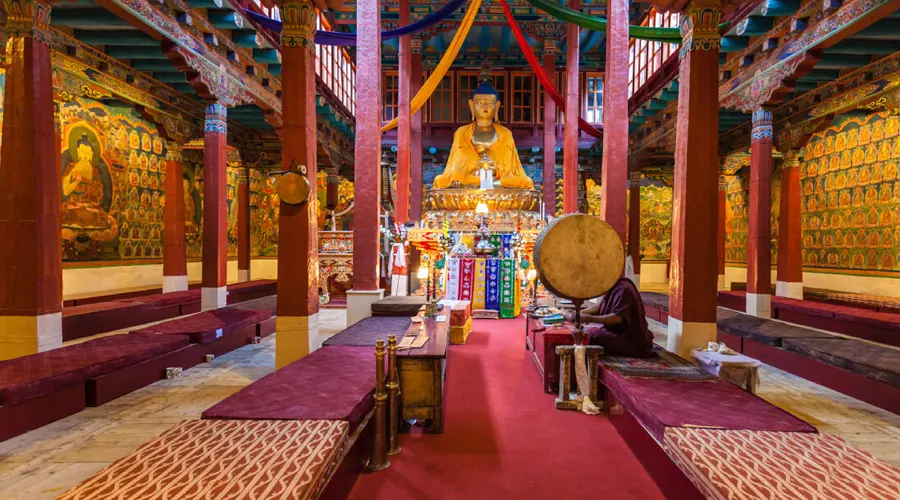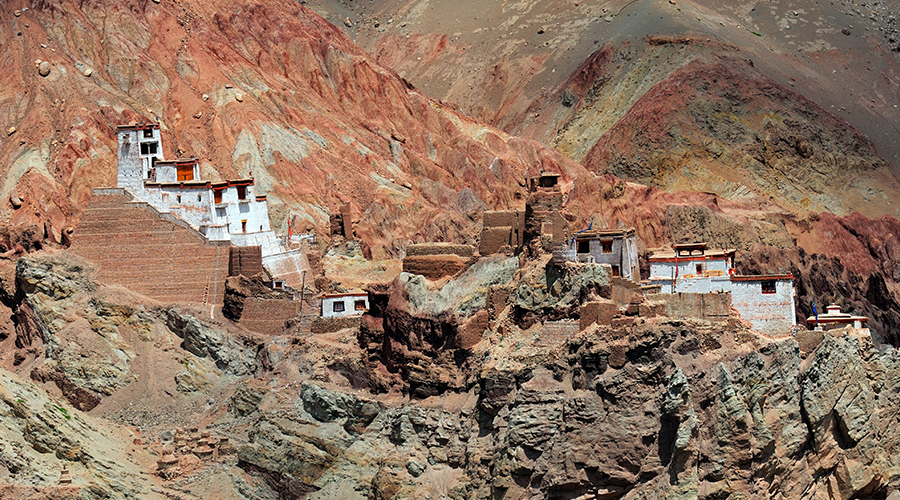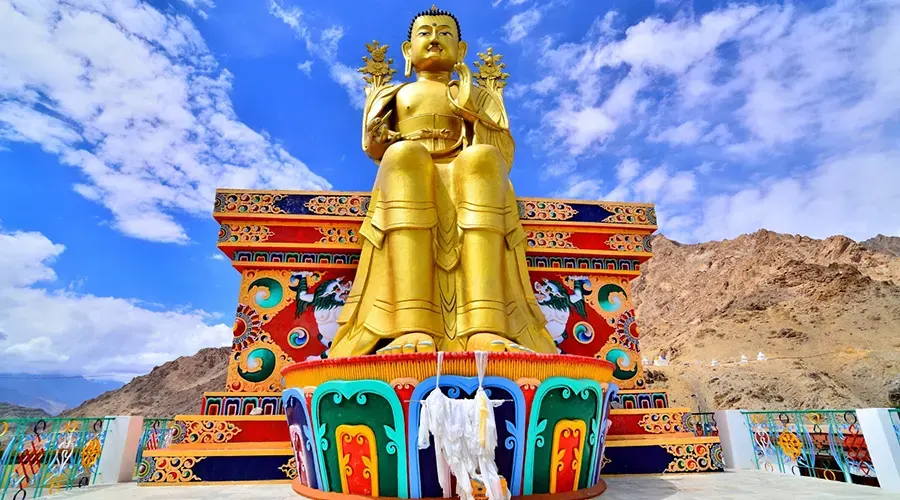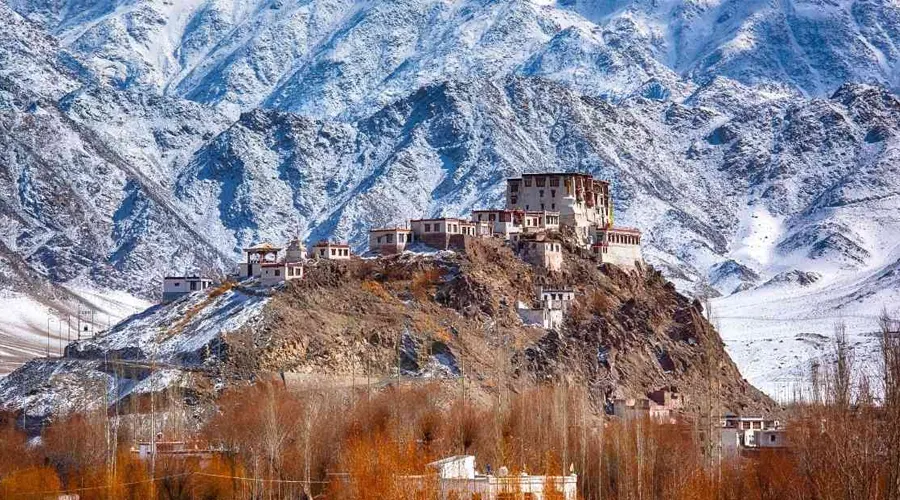Lamayuru Monastery
Lamayuru Monastery is located about 127 km west of Leh. In the 11th century, this was the place where Mahasiddha Naropa, an Indian Buddhist, is said to have come to live. The cave in which he stayed exists even today. The Kadampa School flourished here because of the teachings of Rinchen Zangpo. Every year, on the 17th and 18th days of the fifth month of the Tibetan calendar, the monastic festival of the Yuru Kabgyad is celebrated with great fervor. Masked dances are performed during those days. During these auspicious days, all the monastery's shrines and thangkas are displayed for the devotees to see and worship. This monastery is located on the Srinagar-Leh Highway and is often called Yuru Monastery. The Lamayuru region is also the starting point of many treks.
History
There are many myths, stores, and urban legends attached to the Lamayuru Monastery. Because it is the oldest surviving monastery in the region, the actual history of the place remains vague and unverified. However, according to Drikung history, it is believed that the area on which the monastery now exists used to be a clear lake, which was cleared by the Indian scholar Naropa (956-1041 AD).
He established the first temple in the area known as Singhe Ghang. It is also believed that the King of Ladakh commissioned Rinchen Zangpo to build 108 gompas in and around Ladakh, the oldest of which can still be found in Lamayuru Monastery, by the name of Seng-Ge-Sgang (built in the 10th century).
The monastery originally consisted of 5 buildings, and you can see the ruins of some of those original buildings, even today.
Structure
The Lamayuru Monastery is perched on the top of a steep hill overlooking the Lamayuru Valley, in a way that you can see the monastery as you climb your way up to your destination. A winding path leads you to the main entrance, which is decorated with a series of prayer wheels, that locals refer to as “mani.”
The walls of the monastery are lined with ancient paintings, and within the premises, you can find the oldest gompa in the region. You can also walk through the ruins of the 5 ancient temples that comprised the original Lamayuru Monastery when it was built in the 10th century.
The Assembly Hall of the monastery is decorated with intricate Thangka art. You can also find a school and more prayer halls on the premises of the spacious monastery.
The Lamayuru Monastery is perched on the top of a steep hill overlooking the Lamayuru Valley, in a way that you can see the monastery as you climb your way up to your destination. A winding path leads you to the main entrance, which is decorated with a series of prayer wheels, that locals refer to as “mani.”
The walls of the monastery are lined with ancient paintings, and within the premises, you can find the oldest gompa in the region. You can also walk through the ruins of the 5 ancient temples that comprised the original Lamayuru Monastery when it was built in the 10th century.
The Assembly Hall of the monastery is decorated with intricate Thangka art. You can also find a school and more prayer halls on the premises of the spacious monastery.


























